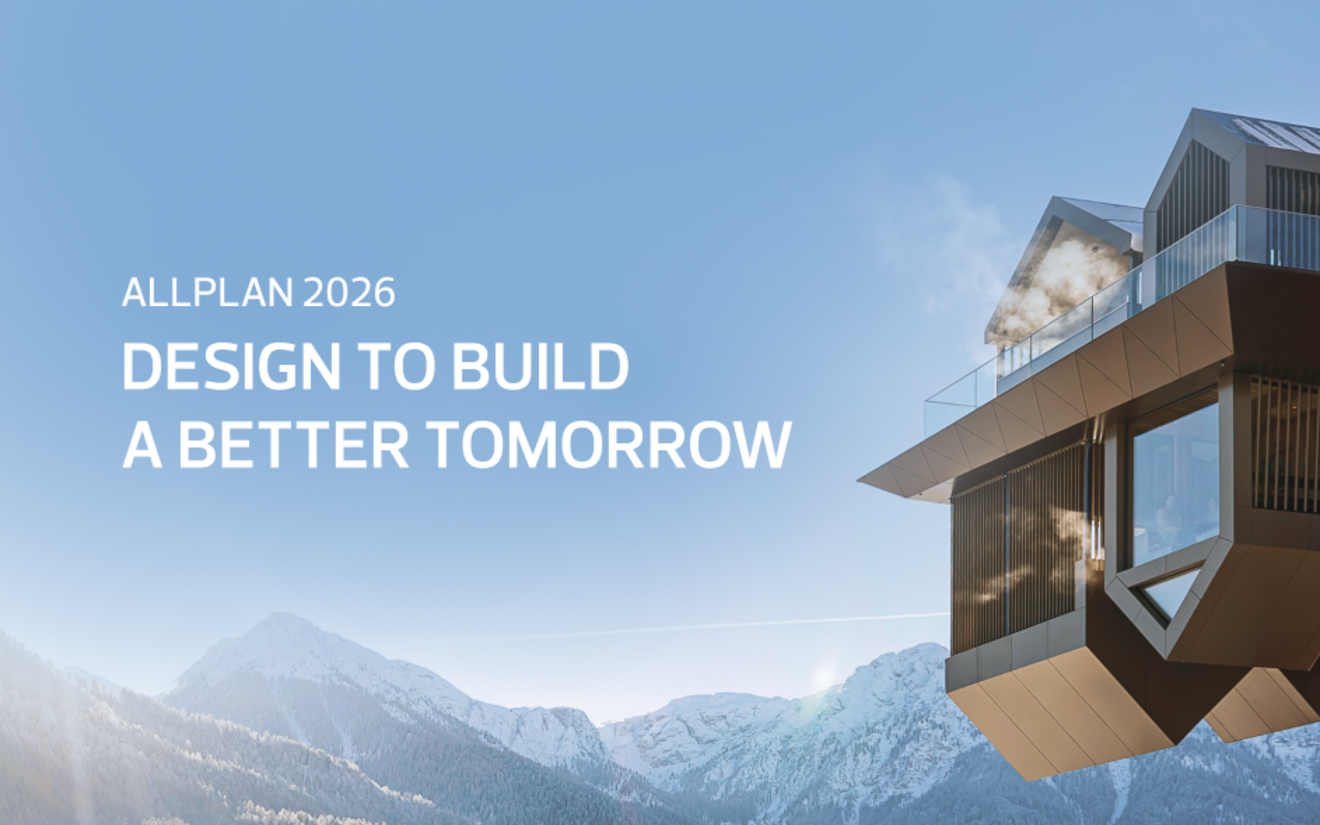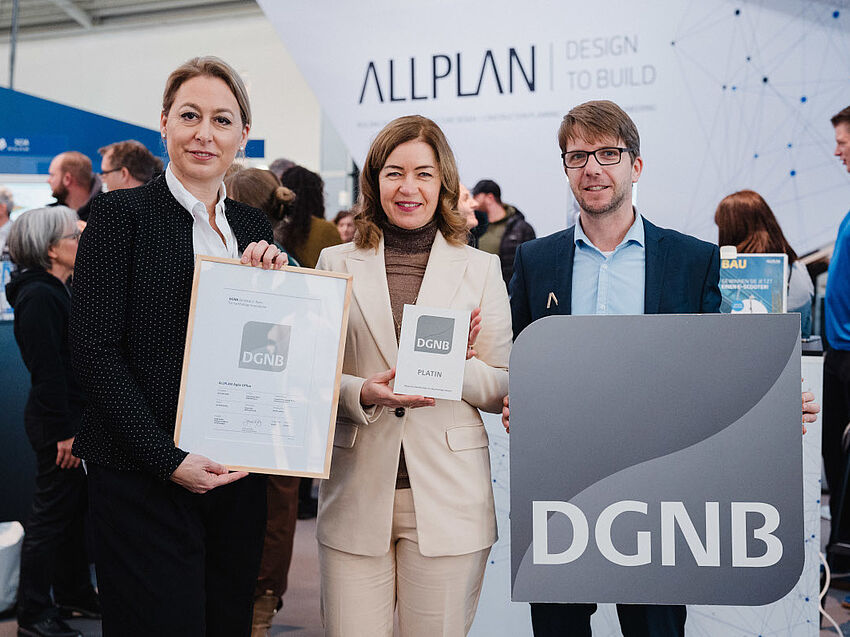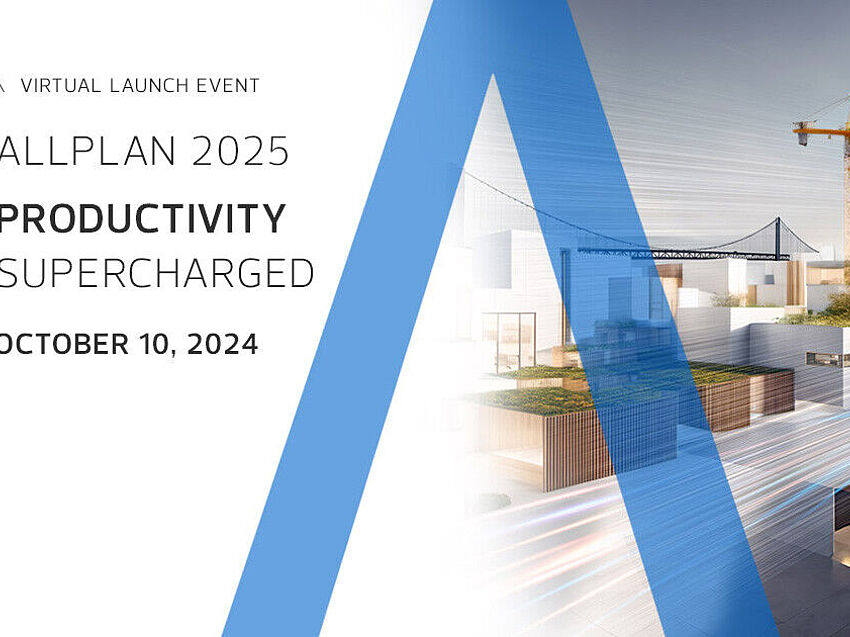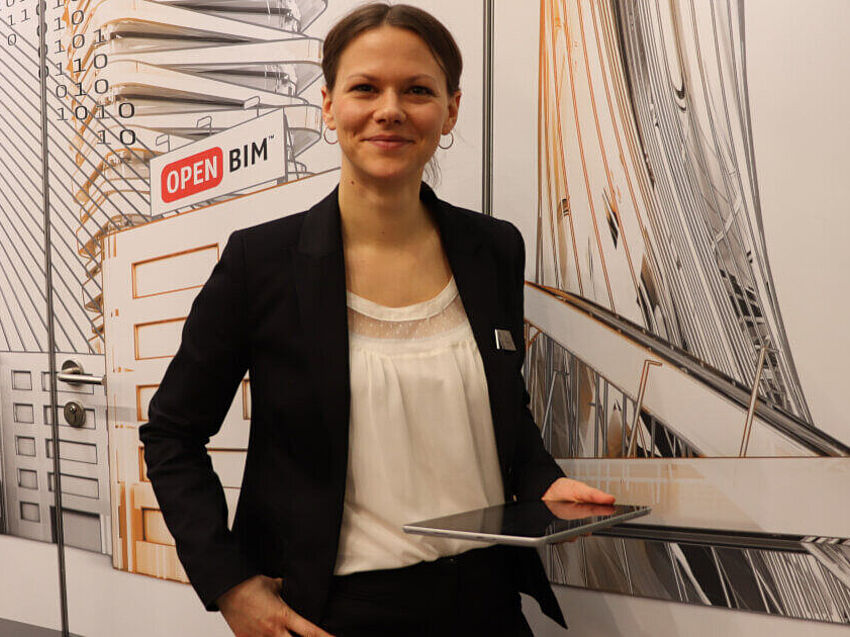Building a Greener Future: How ALLPLAN is Leading the Way in Sustainable Practices
The AEC industry doesn’t stand still. Projects become increasingly complex, sustainability requirements become tighter, budgets shrink, and the pressure to coordinate across multiple stakeholders intensifies. Fragmented processes, inefficient data exchange, and costly rework have become familiar frustrations – but they don’t have to be inevitable.
ALLPLAN 2026 is a response to these challenges, delivering tools that transform how teams work from the earliest design concepts through to final construction. Yet this new release isn’t just about adding features – it’s about creating integrated workflows that make projects faster, more accurate, and more sustainable. Let’s explore what’s new.
Smarter Decisions Earlier: Sustainability and Intelligence Built In
The best time to address sustainability isn’t during construction – it’s at the beginning, when design decisions still carry maximum flexibility. ALLPLAN 2026 recognizes this with seamless integration to Preoptima CONCEPT, enabling architects and engineers to export conceptual mass models for early-stage carbon assessment. Before a detailed BIM model even exists, teams can evaluate embodied carbon, operational carbon, and whole life cycle carbon across different design variants. This means informed, holistic decisions happen when they matter most – right at the start.
Urban planners gain similar advantages through GeoPackage DataExchange, which brings accurate GIS data from across the EU and beyond directly into ALLPLAN. Access to precise site context enhances decisions regarding zoning, infrastructure, and environmental impacts, ensuring designs respond intelligently to their surroundings from the outset.
There’s also the AI Assistant, available 24/7 through the Connect platform in multiple languages. The AI Assistant provides guidance on ALLPLAN workflows, AEC standards, or coding support. These expert-level answers are available whenever you need them, reducing downtime and keeping projects moving forward.
Design Without Limits: Architecture and Infrastructure Enhancements
Architects can now design freeform staircases with greater efficiency, while new multilayer support for slabs simplifies the modeling of complex assemblies like foundation and terrain layers. Intuitive previews and precise control mean faster execution planning with fewer errors. BIM-compliant room and finish detailing receives significant improvements too – multilayered finishes, rule-based distribution, advanced filtering, and flexible layer management all work together to create precise 2D and 3D plans that update consistently as designs evolve.
Custom component priority-based connections add another layer of intelligence, enabling designers to model complex shapes more accurately while automated interactions reduce manual effort and minimize errors. The result is designs that move smoothly from early concepts through to sustainable, construction-ready execution.
Infrastructure engineers benefit from equally powerful enhancements. A new parametric tunnel modeling approach integrates alignment, cross-section definitions, and construction methodology, delivering precise and efficient modeling with significantly improved performance. Advanced 3D layer management sets new standards for efficiency and reliability in complex civil projects, while a unified next-generation Digital Terrain Modeler enables accurate and detailed terrain workflows. Parametric road intersection modeling expands to create more realistic intersection models with reduced manual rework – essential for projects where precision and speed both matter.
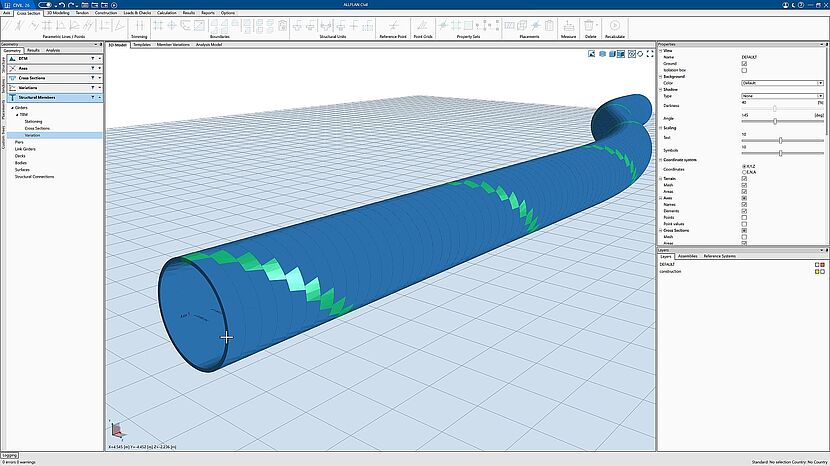
Structural Analysis and Design: Smarter Integration, Deeper Insights
ALLPLAN 2026 strengthens the connection between design and analysis. Importing Structural Analysis Format (SAF) files becomes much easier with direct import into BIMPLUS, instantly generating a 3D analytical model for visualization and interrogation. ALLPLAN users can also now seamlessly transfer their 3D models to the BIM-Connector, making it easier than ever to work across ALLPLAN’s solutions.
New mobile loads functionality enables engineers to quickly and automatically identify and analyze load scenarios, while footfall analysis supports evaluation of how structures respond to human-induced vibrations – critical for designing comfortable, safe spaces. Newly amalgamated modules for component-based analysis and design include an expanded unified foundations module, ensuring structural engineers can access simplified yet comprehensive design solutions.
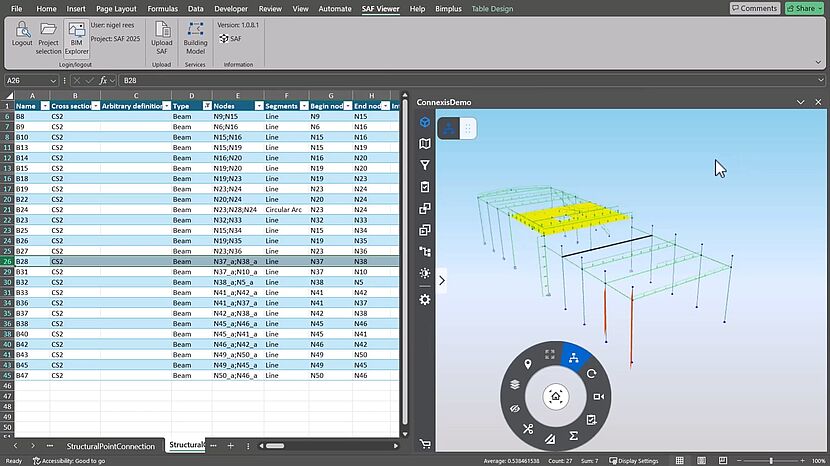
Collaboration Made Simple: Breaking Down Data Silos
The new ALLPLAN Model Viewer is a free, browser-based tool that brings instant IFC visualization to all project stakeholders. No specialized software required – just open it and explore the model. Meanwhile, Cloud Reference introduces a new IFC XRef type that allows direct insertion of IFC files into ALLPLAN via BIMPLUS, enhancing information sharing within a common data environment. The improved XRef Manager provides a unified overview and simplifies data management, reducing the frustration of tracking multiple file versions.
ALLPLAN 2026 also supports IDS-based attribute import, ensuring BIM models include all necessary data for compliance, while enhanced IFC4 import capabilities smooth the path for data exchange between platforms. In BIMPLUS, IFC4.3 import and extended GLB export capabilities improve visualization and coordination. And for teams working with Bluebeam, an extended ALLPLAN-Bluebeam connection makes it easy to bring documents from Bluebeam Studio Project environments directly into ALLPLAN workflows.
These aren’t just technical upgrades – they’re about ensuring everyone works with current, accurate information, for less miscommunication, fewer errors, and better outcomes.
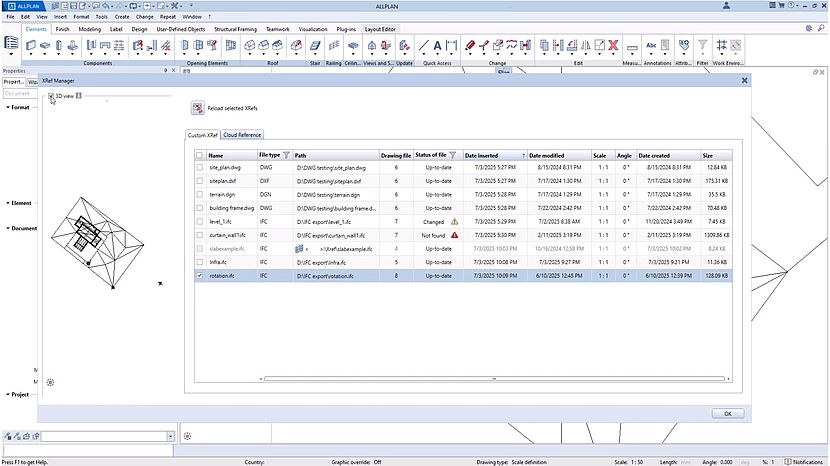
From Design to Build: Reinforcement, Prefabrication, and Construction
Design is only part of the story. ALLPLAN 2026 strengthens the connection between design and execution, helping teams fabricate with confidence and deliver projects on time.
For structural reinforcement detailing, enhanced automation of column reinforcement design makes transferring layouts from analysis to detailing faster and more reliable. Automated wall reinforcement workflows improve through single-click horizontal or vertical reinforcement priorities and the ability to toggle reinforcement types on or off. Updated circular reinforcement capabilities bring enhanced precision for complex circular and spiral structures, while a new reinforcement to field workflow empowers digital-first construction. Detailers and contractors can place reinforcement directly in isometric views, benefit from improved attribute management, and handle reinforcement collisions in a fully digital, drawing-less process.
Precast fabricators benefit from rule-based dimensioning, which automates the generation of production-ready drawings. Every precast element receives the exact dimensions required according to customizable rules and standards, reducing manual work and errors. New automated dimensioning for local views ensures accurate representation and consistency despite modifications, while customizable quantity takeoff enables users to export Bills of Materials with the data needed for ERP systems or clients.
Steel detailers and fabricators gain new functionality for creating custom profiles, handling specialty detailing, and benefiting from added intelligence for custom connections through constructability checks. Support for new material types expands design and detailing possibilities, enabling users to take on miscellaneous metals and architectural components with confidence.
Significant groundworks improvements simplify complex construction model management, reduce errors, speed up project delivery, and ensure reliable data handover to construction teams – bridging the gap between design intent and on-site reality.
The Future of AEC is Integrated
ALLPLAN 2026 addresses the industry’s biggest challenges – complexity, sustainability, and collaboration – not through isolated features but through an integrated ecosystem where teams can work smarter, not harder. From early-stage carbon assessments and AI-powered guidance to automated reinforcement detailing and seamless data exchange, this release supports the entire project lifecycle with tools designed to reduce friction, improve accuracy, and deliver better outcomes.
Ready to experience ALLPLAN 2026 for yourself? Download a free, 14-day trial today and discover how these new capabilities can transform your projects.
